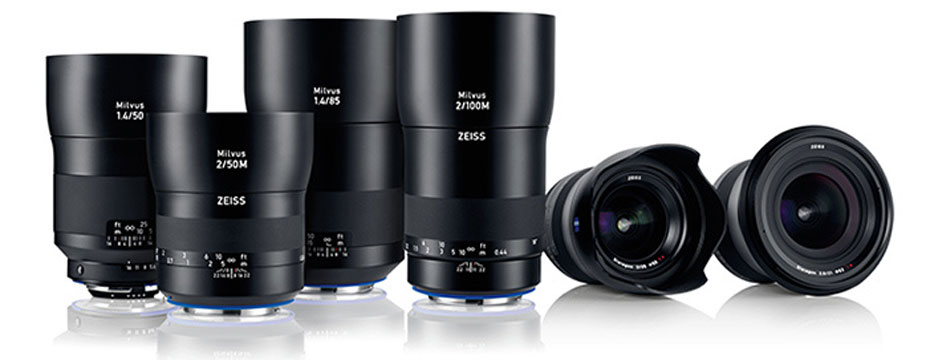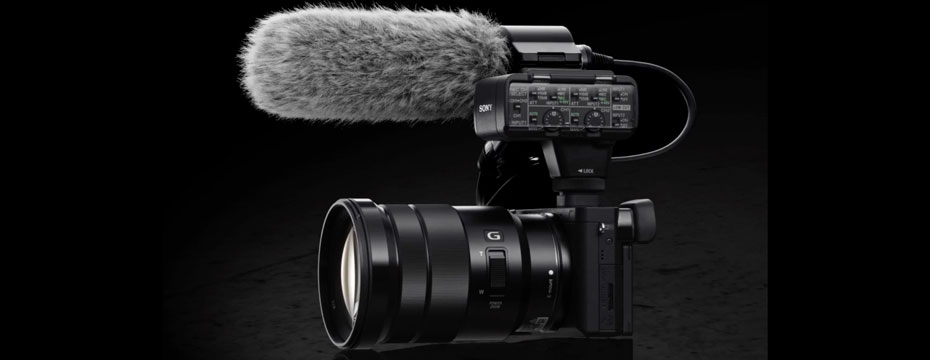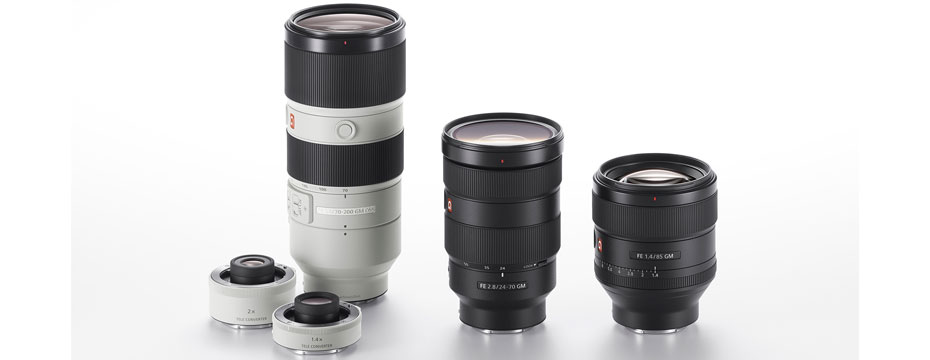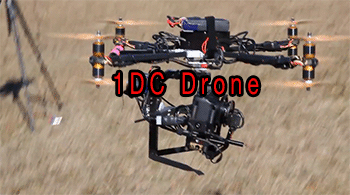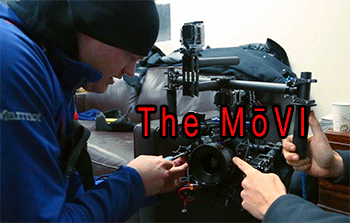
The “MōVI”
MōVI BTS from Vincent Laforet on Vimeo.
One of these days, you will own one of these devices in one form or another. Many of you may wonder just what this “MōV” thing is, what it is for, and why should you take any of your valuable time to read one more word of this article. Here’s a surprising answer. One day, I predict that this technology will be incorporated into every video camera made. As standard equipment. That is how important I feel this technology is, and it is advancing at a very fast rate.
When you can finally hold a camera equipped with this type of stabilization technology onboard, your ideas today about how to support your camera and how to move it will change forever. And like crack cocaine, once your on it you will have a very difficult time ever going back. As good as some in-lens image stabilization is, it is rank amateur when set beside a full gimbal type of camera stabilization system.
The “MōVI” won’t replace the need for a tripod, Steadicam, dolly, jib, or slider. It will just give you additional options to consider that could allow you to execute many of the same moves much faster and a lot easier. It takes a whole lot of time to setup many complicated shots or sequences using any of the traditional methods. Or in the case of a Steadicam, years to learn how to use it properly. The “MōVI” and the technology behind it can be setup and operated within minutes. You can have a quick pan or tilt shot done, in the can, and transmitted wireless back to the editor in some cases faster than you could have setup the equipment to do the shot in the traditional way.
Cameras such as the Canon C100, C300, C500 and the latest Canon 1DC can all be accommodated with the MōVI M10, which will sell for approx $15,000 with production already started. The second, smaller version M5, will be on sale at some point in the near future, once production capacity is ramped. I’m told it will be sold for a price point under $7,500. If you consider the amount of money spent on handheld rigs, sliders, jibs, Glidecams, Steadicams, image stabilization software and the time spent to use them, the price of this device quickly becomes a no-brainer. Factor in it takes quite a bit of time to set up a JIB, let alone weights, crew and a skilled operator to use, and the payback even at these rather steep prices is very fast in the commercial production environment. Also we understand the learning curve on this unit is very very fast, so getting a crew up to speed should be easy.
Another version of the M10 is also available, the MR or Multi-Rotor. The MR is for use mounted to a mobile arial platform such as a CineStar-8, another product offering from FreeFly Systems. If your shooting a Panasonic GH3, The “MōVI” is clearly overkill. But if you own or plan soon to acquire a Canon C100, C300, C500 or the latest Canon 1DC then The “MōVI” is an accessory that should be very high on your list. For further information, or to place an order for a “MōVI” of your very own, http://www.freeflysystems.com
And be sure not to miss the finished production below, exclusively shot using the Canon 1DC and The “MōVI.”
[ratings]




